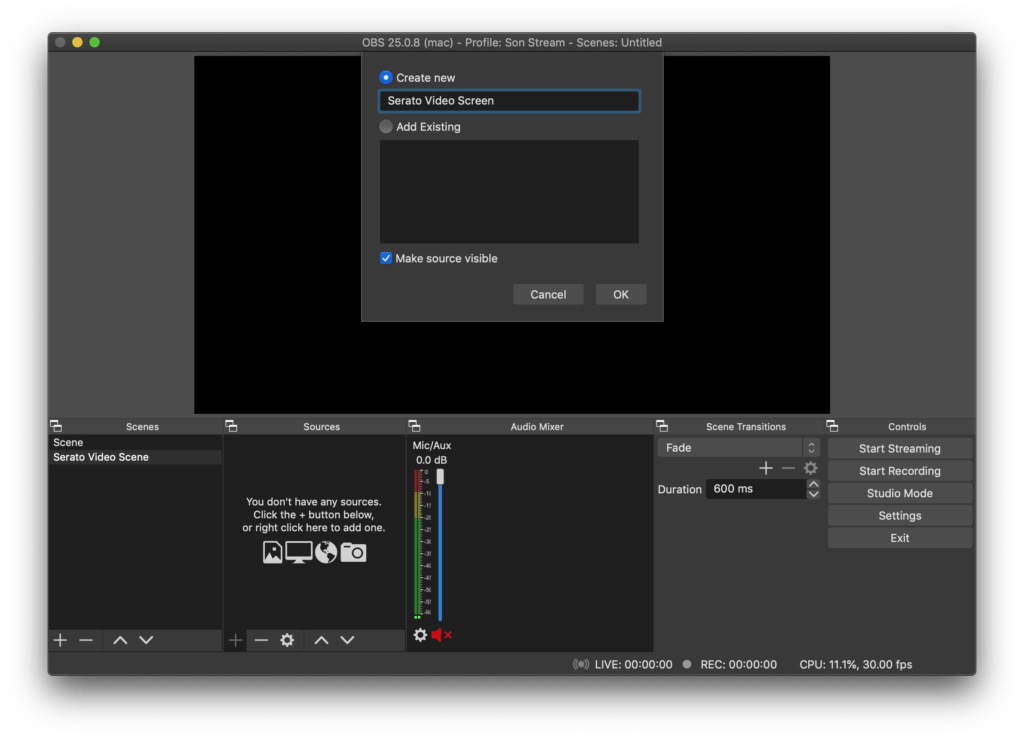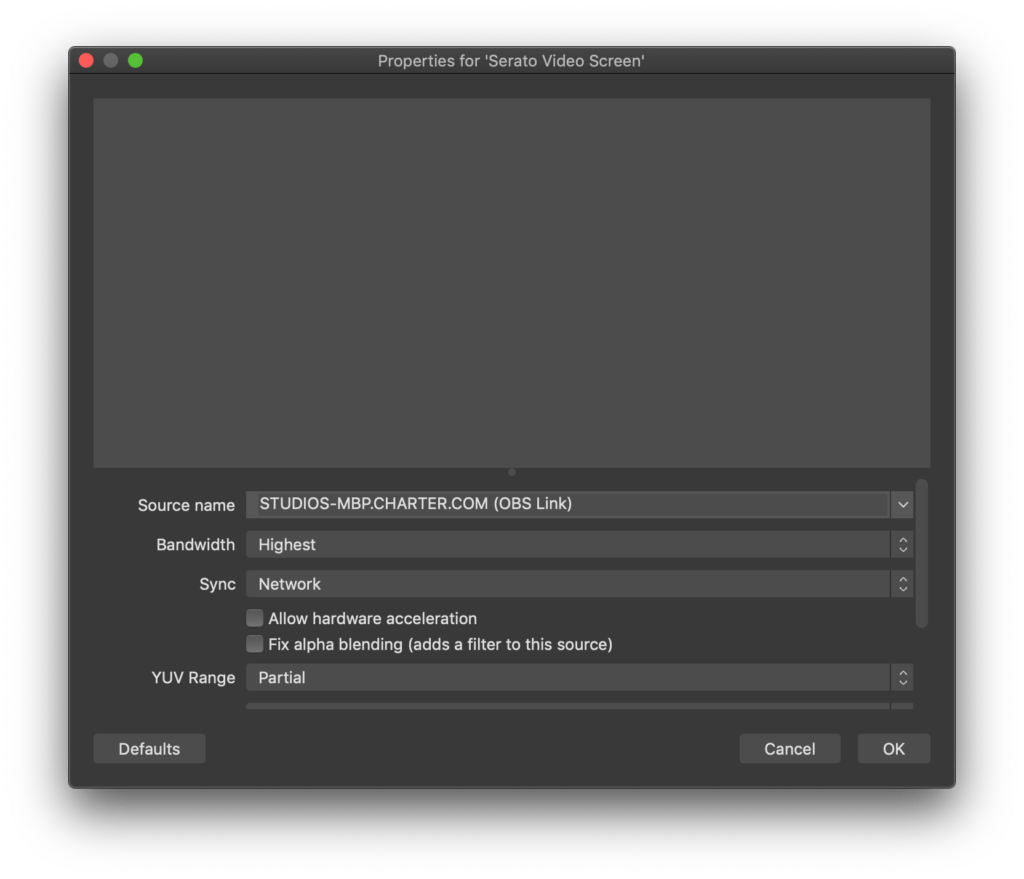Using Serato Video for Live Streaming
Live streaming has launched itself into the forefront of what every DJ is thinking about.
Technical proficiency with DJing is the crux of what makes a good stream. Great skills, on-point music selection and adding some flair to keep everyone hooked.
But here’s the thing.
With live streaming, creating intrigue on the visual front is really important. People aren’t just listening – they’re watching.
We’ve seen a lot of comments around ways that you can enhance the viewing experience of their live streams.
Serato Video is an Expansion Pack that syncs whatever visuals you may be using to the music you’re music. All the FX you use while DJing will have a real-time effect on the visuals that your audience is seeing. You have complete control.
Let’s run over some of the basics.

Here you’ll find the minimum requirements to run Serato Video on your system. If you’ve never used Serato Video before, or don’t have any visuals, you can go here to get started.
You’re going to need a capture card – this essentially just captures video signal from external devices via an HDMI cord.
Make sure your videos are in 720p (or 480p) – having files in 1080p or 4k can be hard on the processing power, and result in some lag and overall worse quality.
When you’ve got it running, you store your visual files in a Media Crate – this works exactly the same as regular crates that hold your music. This provides a dedicated location to store your visuals, and draws them at random as you play songs.
Alternatively, you can assign a certain visual file to a specific track if you feel like they work really well together.
When you’ve got all your ducks in a row, here’s how you set it up:
- Grab your HDMI cord – that will run between the computer you’re using Serato DJ on, and the game/HDMI capture card.
- Open up SDJ and activate Serato Video
- You’ll need a second computer, which will run your OBS system to allow you to livestream. For more information on that, you can head here.
- Open up OBS, and choose NDI Source. From there, choose the game capture card you’re using in the dropdown list. *Note. Some game capture devices require an additional app/plugin. Ex: Elgato requires OBS Link on Mac.



- Take the Serato Video output window and drag it to the capture device (secondary Screen) Pic
- Add a video capture source, and select the camera that you’re using to film with. This can be a camera, or simply your phone – you can connect to OBS via an app.
- Lastly, you’ll need to assign your audio source to your Serato. You’ll need an interface to do this – any will do.
That’s it. Once you get it all up and running, Serato Video does the rest of the work. Remember, if you do ever have difficulties or questions, you can always contact support@serato.com for a helping hand.
Other than that, happy streaming.

